Being underwater – be it through snorkeling, free diving or scuba diving – is a wonderful way to enjoy a completely different world to our land one. But by exploring this new world, our bodies are exposed to physiological changes created thanks to the difference between air and water.
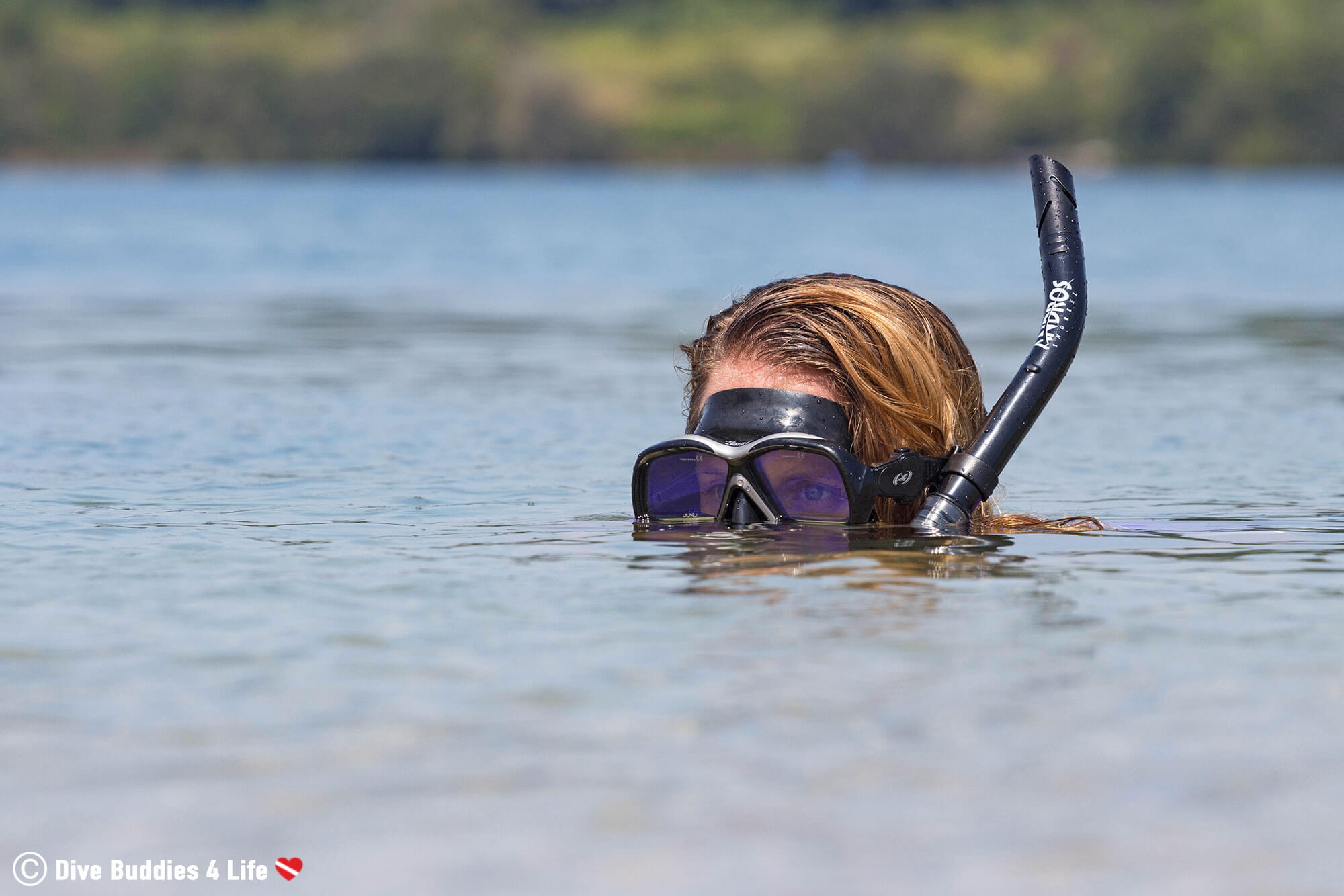
Your body is filled with “dead air spaces.” One of these dead air spaces is the air space within our middle ear. The middle ear is sealed by the eardrum and connected to the outer world by the Eustachian tubes running at the back of your throat.
In normal everyday conditions, when the outside pressure is normal, the Eustachian tubes are closed. But as we descend in water, for instance, during a dive, the pressure of the surrounding water is higher than what we are used to on land. This causes the water to press against the eardrum bending it inward. To adapt our ears to this pressure difference, and restore the lost volume we must compensate by sending air into the inner ear through the normally closed Eustachian tube.
Interesting information: The deeper we go the more the water pressure increases with the greatest pressure change occurring in the first 10 meters (33 feet).
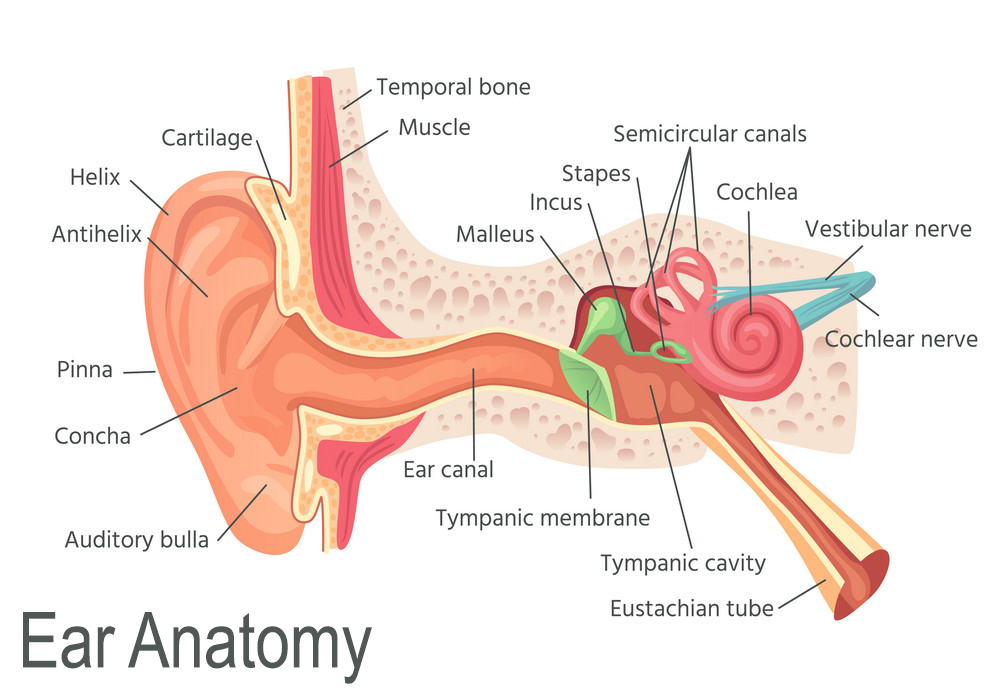
If you’ve been down to the bottom of a deep pool, flown in an airplane or driven to the top of a high mountain – the feeling of increased or decreased ear pressure will be a feeling that is familiar to you. This feeling is very similar when it comes to snorkeling, freediving and scuba diving.
There are several different ways people decide to equalize. Most involve some combination of exhaling, swallowing or nose pinching. Although each technique is slightly different, no one method is superior to the other. At the end of the day, it is important to pick the one that works best for you.
The Valsalva method is one of the most common methods that involves exhaling gently against a closed airway. The slight over-pressurization in the throat forces air up into the Eustachian tubes. To do the Valsalva method, a person simply pinches the nose and gently blows into it, with an emphasis on GENTLE. Blowing too forcefully can lead to barotrauma.
Another equalizing technique is the Toynbee Manoeuvre. To undertake this method first the nose is pinched close then the equalizer swallows. Swallowing encourages the muscles of the throat to open the Eustachian tubes. This method can sometimes feel more natural and experienced divers might even get to the point where all they need to do is swallow.
The Frenzel maneuver requires the person to close off the vocal cords. This is done by simulating lifting a heavyweight. With the vocal cords closed the nostrils are pinched shut and the person tries to make a “K” sound. The combination of the movement of the tongue paired with the plugged nose compresses air upwards against the tubes.
The Lowry technique is very similar to the Valsalva and Toynbee methods. It requires the person to pinch closed their nostrils, apply pressure by gently exhaling and swallowing.
The Edmonds technique combines either the Valsalva or Frenzel maneuver with a jaw thrust/head tile. To do this a person selects the aforementioned method and tags on moving their jaw from side to side or forwards and backward. If this isn’t preferred they can also rotate their head up and down

While descending into the water column, the pressure of the surrounding environment increases. If we don’t equalize, this pressure pushes on the eardrum causing pain inside the ear. If we fail to stop or slow our descent this pressure could lead to a middle ear squeeze (blood and fluid forced into the middle ear) and/or a Tympanic Membrane Rupture (also known as a perforated eardrum).
This is why it is important to understand equalization. Never continue the dive if you find yourself unable to equalize your ears.
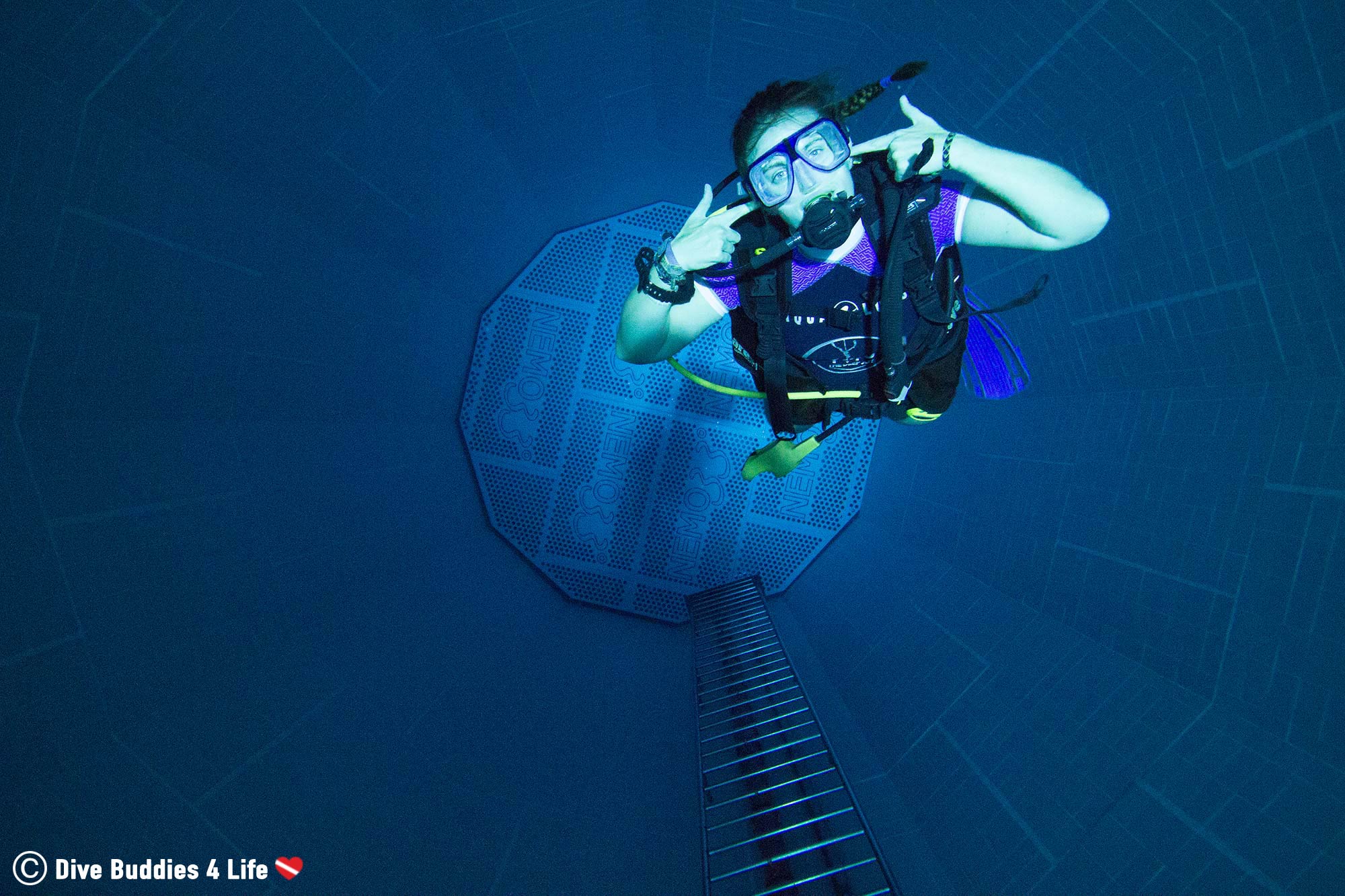
The most common ear-related issue divers face is waiting too long to equalize, and then struggling. Waiting too long to equalize often leads to pain and pressure in the middle ear. The best scuba diving practice is to equalize early and often.
Most dive pros agree that every 2 feet (or half a meter) is a good rule of thumb. As you go deeper, you may find you need to equalize less often. But, you’ll still need to compensate for pressure if you change depths during your dive.
In order to equalize, it’s important to apply equal pressure to both sides of your ears. This can be done by fully pinching off the nose and attempting one of the methods outlined above. Wearing a mask that fits well also helps.
When you are shopping for a mask, be sure that the nose pocket fits closely. Too much space around your nose makes it more difficult to grasp.
Any mucus or blockage in the sinus cavity or Eustachian tube can prevent proper equalization while scuba diving. Failure to equalize can lead to intense pressure, pain, and even barotrauma.
Diving with sinus issues or congestion is never a good idea. If you suffer from seasonal allergies or are prone to sinus problems, discuss them with your doctor before diving.
There are a handful of ways to equalize and as long as you find a technique that works well for you, it doesn’t matter how you get there.
Safety Note: The look-up tip is not recommended for freedivers as it may contribute to blackouts.
Your body is a well-tuned machine when it comes to life on land, however, it is not designed to thrive in an underwater environment. In scuba diving, snorkeling and free diving our ears struggle to maintain a balanced pressure. The deeper we go the more the pressure increases. To be able to enjoy these activities we must learn to equalize.

What is your favourite way to equalize your inner ear? Have you ever had to cancel a dive because you were unable to equalize?
Writers Note: This post may contain affiliate links. We will make a small commission if you make a purchase through one of these links, at no extra cost to you. See full disclosure and disclaimer policy here.


Safety stops are an important part of scuba diving as they slow down a divers ascent to the surface, allowing bodies time to off-gas.

Thermoclines are layers of water determined by temperature. They exist in all lakes and oceans, dividing the sunlit upper layer from the cooler water below.

Dive logs are an important part of scuba diving and a way to keep tabs on not just your dives but also your experience and memories.
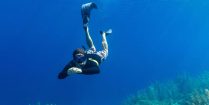
Snorkeling is a water activity that involves swimming along the surface of the water with your face submerged underwater enjoying the world below. It is fun, does not require any special training and almost anyone can do it.

Whether you’re scuba diving in cold or warm water, in the sunny tropics, or the icy Arctic, being chilly on a dive is never fun.

Dive equipment may be expensive, but new divers will find, there are many advantages to having your own set of scuba gear.
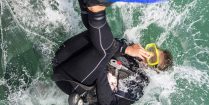
No matter what level of diver you are, scuba backroll entries are a fun-filled way to get off the dive boat and get into the water.

Hair versus scuba, now that's a combination that doesn't mix. So how do you stay away from the tares, tangles and hours upon hours of post-dive hair brushing?

Are you a pig on air? You are not alone. Find out how you can get more out of your scuba diving tank.
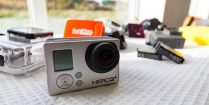
Problem: you want to take decent underwater pictures but good photography gear is just so expensive. Solution: learn how to take good underwater pictures with your handy dandy GoPro, it's easier than you think.

Everybody loves the idea of scuba diving, but the aspect of post dive cleanup is a much different story. It’s long, it’s tedious and it almost impossible to do it without getting wet - yet again.
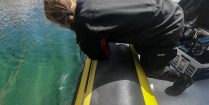
As a diver, sometimes you get hit with seasickness. Here are our solutions to dealing with seasickness before and during your dive.

Organizing a dive vacation can be a challenge. To help, keep these four questions in mind when planning your next scuba diving vacation.

Thank you for sharing such a wonderful & detailed blog. I like the way how you describe each part of this blog. Your blog is very helpful for a person, who is a beginner in the scuba diving field. Keep sharing such informative stuff!!
This article contains a wealth of useful information that should be remembered when scuba diving. You have articulated a detail or piece of work that novice or inexperienced scuba divers should do before diving. This is very inspiring, and I appreciate you sharing all of these useful tips for ear equalization.
This will be extremely useful for anyone interested in trying scuba diving, such as myself. Thank you for educating us!